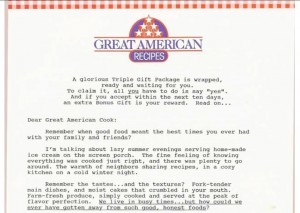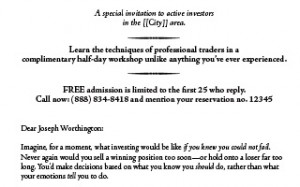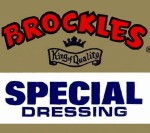What do you do when you get an assignment in an entirely new area, for a product you’ve never written about? Here are a few seat-of-the-pants research strategies to wrap your mind around the project.
1. Read what your audience reads. Is the campaign running on audience-specific websites? Or mailing to subscription lists? Reading the pubs can give you clues about what interests your prospects and what level of writing they’re used to seeing. One timesaving tip for magazines: look at the publisher’s column in the front of the book. These are usually fairly vapid puff pieces which appeal to what the publisher or editor thinks the audience wants to read. You can do better writing than this, and you will, but looking at the topics in the publisher’s column gives you quick insights.
2. Study the competition. The web offers a wealth of free competitive research for copywriters. Find out who your client considers major competitors and also do searches using their keywords to see who else comes up, then study the way those competitors are marketing themselves. As a bonus, you may find links to research and stats you can repurpose for your own client. (But be sure to follow the links to their source, rather than quoting a competitor directly. The stats may be erroneous or proprietary and besides, plagiarism is never okay.)
3. Read the product manual or documentation. Some manuals are overly technical or poorly written, but every now and then you’ll find that a good technical writer has done the groundwork of testing a product and finding the best way to assemble and use it for quick satisfaction. That’s a boon for you.
4. Talk to the product manager. In a technology company, the product manager is the link between engineering and sales. They know how the product works and they are able to explain it in a way that makes sense to a non-technical audience. They also know how the hot buttons that appeal to their target audience in demos and at trade shows.
5. Talk to the sales team… maybe. Some salespeople focus on “people skills” and pride themselves on being able to close on the strength of their personality, not product benefits. You’ll come away with a string of generalities that aren’t convincing when you set them down in writing. But if you ask them what are the most common concerns or objections they hear on a sales call and how they respond, even non-technical salespeople may reveal strategy points that the internal marketing people don’t know about.
6. Talk to customers. This is a tricky one. Somebody who actually uses the product can be a great source of insight as well as potential quotes or even copy platforms. However, your client may not be comfortable putting you in front of a customer directly. And the customer may expect that there’s something in it for them—they’ll get their name in print with a testimonial (perhaps a terrible one they have prewritten for you) or maybe some free samples. So be careful. Tell them at the outset that you’ll try not to take much of their time and thank them profusely, letting them know by implication that thanks are all they’re getting from you.
Excerpted from my new book, Copywriting that Gets RESULTS! Get your copy here.


